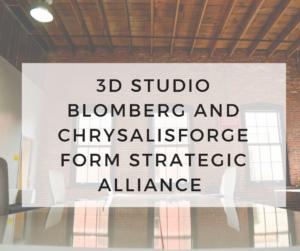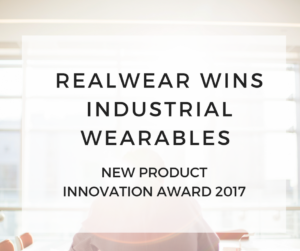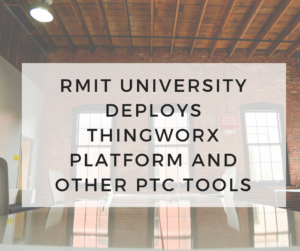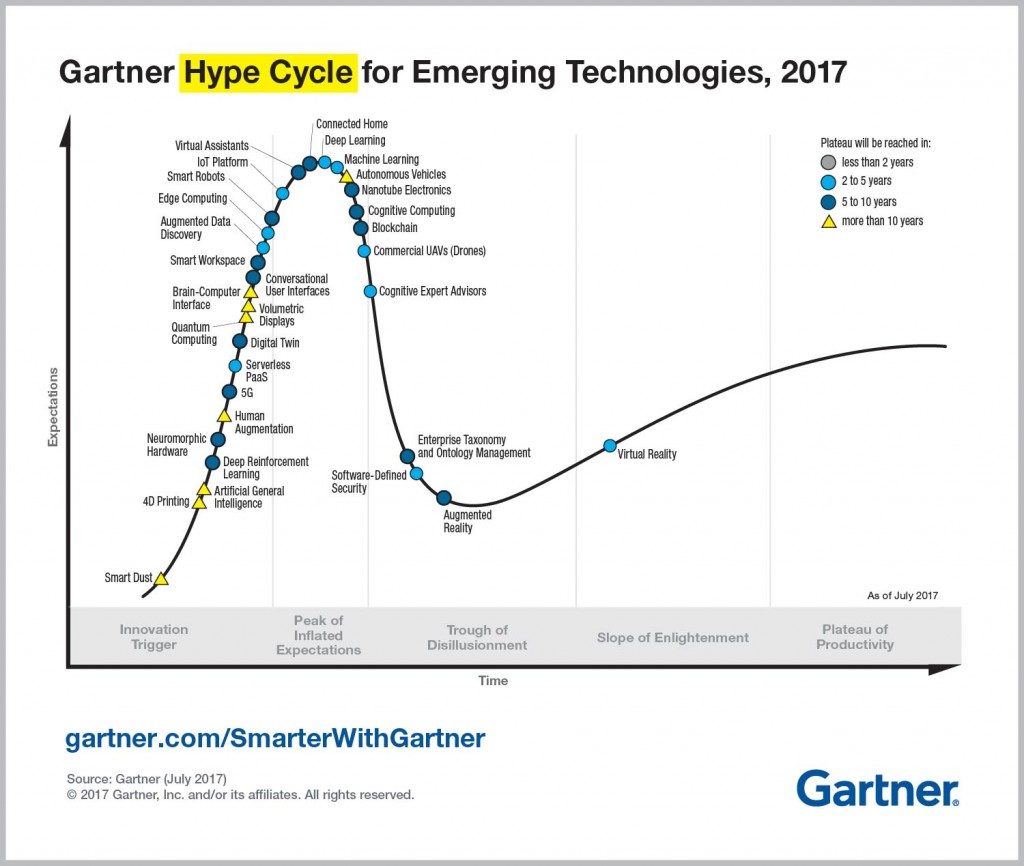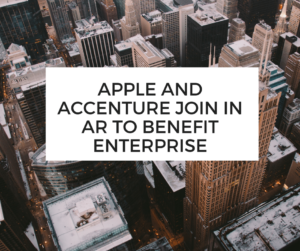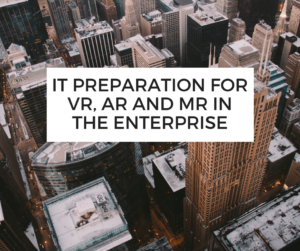Looking ahead to EWTS 2017
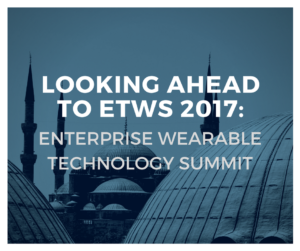
Jay Kothari, Project Lead at Glass at X, is schedules to offer the opening keynote this year. Kothari will use the event as an opportunity to explore the implications of wearable tech, specifically Glass, on the future of work.
Kothari’s session will explore the enterprise wearables space and address the reasons why enterprises can no longer afford to ignore this new category of technology. Some key questions that Kothari will explore include the following: Are wearables a legitimate enterprise priority right now? Has the technology caught up to enterprises’ needs? Which devices and applications are seeing the most traction today? How will the role of wearables in the workplace evolve? And how can enterprises prepare for the future? What’s clear is that Kothari’s questions are questions that everyone should now be asking, whether they’re educators or professionals leading an enterprise looking ahead to the future of workplace training.
The article runs through a fairly basic description of wearable tech. We are well on our way to realizing the shift from mobile phones to wearable tech, and the upcoming Enterprise Wearable Technology Summit in Boston this month is yet another sign of how rapidly the wearable tech market is expanding.
Safety, compliance and training are all on the agenda at the upcoming Enterprise Wearable Technology Summit. In a session focused on wearables “below the neck,” for example, presenters will explore how devices ranging from smartwatches and smart clothing to exoskeletons and body-worn sensors can be used to track workplace activity to increase efficiency, productivity, and safety; collect real-time data and communication; generate employee biometrics; help employees with navigation; and increase on-site security.
In another session, Albert Zulps, a Regional Director at construction firm, Skanska, will explore wearable tech in relation to construction industry safety. As noted in the program overview, the presentation will “on how wearables, IoT, sensing devices, virtual reality and RTLS can enhance environmental awareness and real-time visibility of worker’s safety and productivity on active job sites, as well as into operations.”
The implications of wearable technology for workplace training are profound. Indeed, it now seems likely that over the coming decade, wearable tech will become the primary interface through which workplace training is delivered. This will help to create new types of apprentice-based opportunities but also enable trainers to collect detailed feedback on what trainees do and do not understand. There is hope this will lead to more learner-specific training opportunities and over all, more effective and cost-effective training programs.
